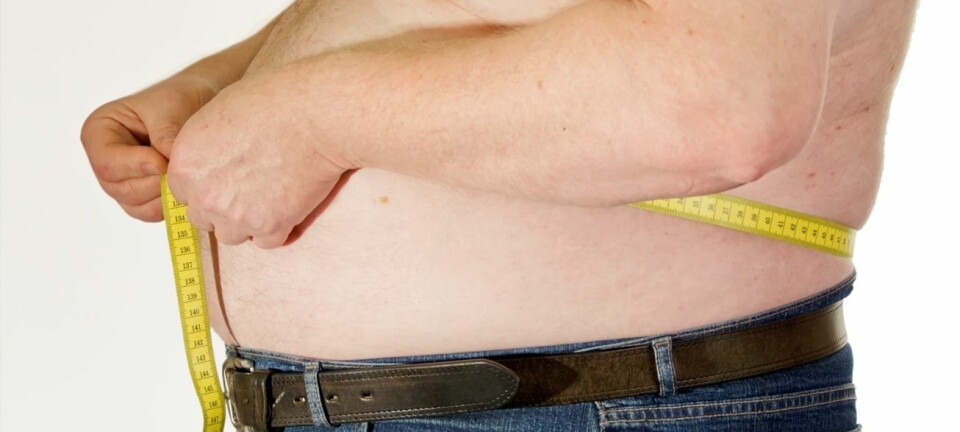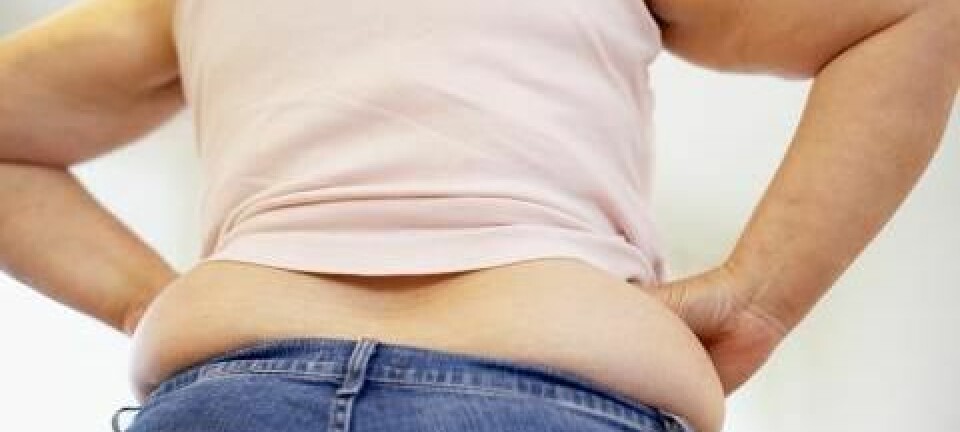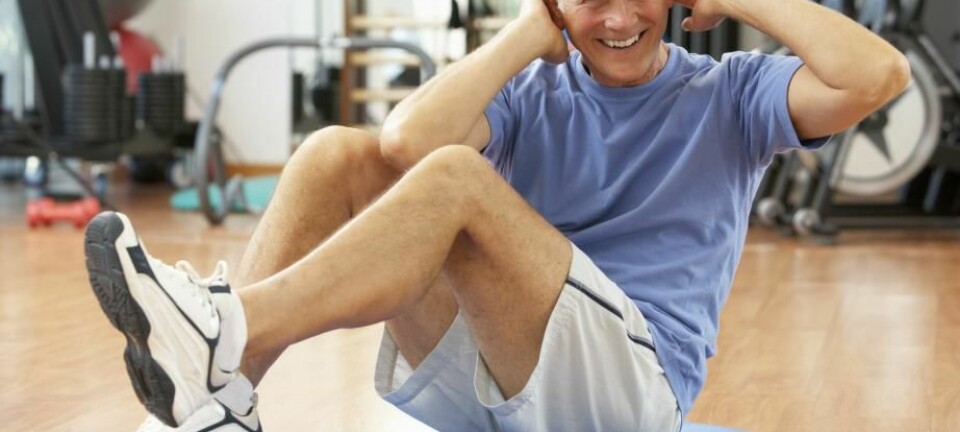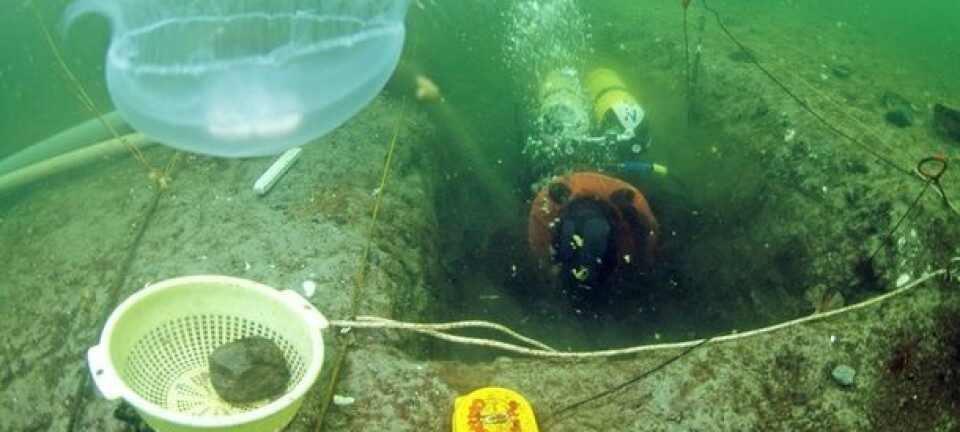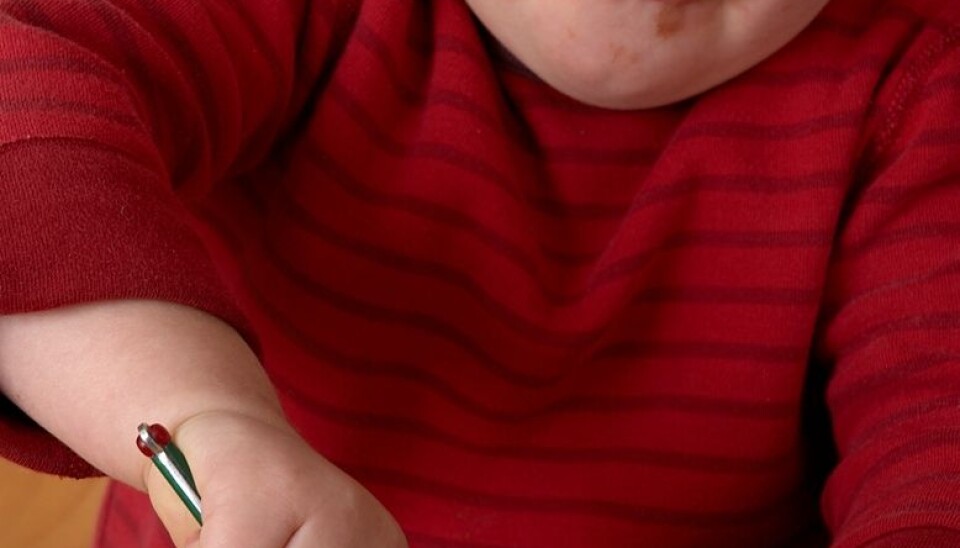
Diet outweighs exercise in fighting child obesity
A lower intake of calories is more important than physical exercise when heavy children try to lose weight. Parents also have to be strongly involved.
Denne artikkelen er over ti år gammel og kan inneholde utdatert informasjon.
Norwegian scientist Silje Steinsbekk has recently completed a study on treatment of child obesity with a focus on the impact of changes in diet and increased physical activity.
Children who participated in the study achieved a significant reduction in body fat and a lower Body mass Index when weighed after six months and after two years of treatment.
Calorie cuts help more than exercise
“The change in body fat cannot be explained by change in physical activity,” says Steinsbekk. "They actually got thinner because of a lower intake − they simply consumed fewer calories.”

This find is backed up by several other studies.
According to Steinsbekk, studies of children and adults show that a change in diet is more effective than increasing physical activity, although the latter is an important part of the treatment.
Physical activity is essential to our health and it appears to be especially important for maintaining a reduction in weight among adults.
Nevertheless, for reducing fat the most effective measure is to reduce intake of energy. This is probably because one has to be so extremely physically active to compensate for a large consumption of energy. If a 10-year-old eats 100-gramme bar of milk chocolate, for instance, he has to run for an hour and a half to ‘burn’ that chocolate off.
Easier to treat children
Steinsbekk says that it’s important to treat fat children because getting rid of excess body fat is often harder as an adult.
"Children can more easily change their habits than for adults," says the researcher, who works at the Department of Psychology in Norwegian University of Science and Tecnology.
She asserts that parents have a unique opportunity to teach their children healthy living, which they will be able to take with them into adulthood. This is all the more important when a genetic disposition for overweight is involved. If it isn’t treated there’s a large chance that the child will also have obesity problems as an adult.
Change in lifestyle for the whole family
The children who took part in the study were aged seven to 12 and had all been referred for treatment at St Olav’s Hospital in Trondheim. Their parents also participated in the treatment and Steinsbekk says this is crucial:
“It’s not just the kid who has to change his or her lifestyle. It’s a matter of achieving a permanent change in lifestyle within the entire family.”
The respondents were divided into child and parent groups which met on a regular basis. The goal of the treatment was to increase the families’ physical activities, reduce their inactivity and establish healthy dietary habits in keeping with the guidelines of the Norwegian Directorate of Health.
These guidelines include maintaining regular mealtimes, lots of fruit and vegetables, less sugar and fats, more dietary fibre, more fish, at least one hour of physical activity a day and less sitting idle. Physical activities can consist of walking instead of driving, using the stairs instead of the lift, more outdoor play, bicycling and other forms of exercise.
“This isn’t an issue of going on diets. It’s a matter of standard nutritional advice and the amounts of energy in and out. If a person’s weight is increasing, that person is eating more than he or she is using up,” says Steinsbekk.
However, she stresses that genetics and physiology play an important role in the development of overweight and obesity, but the only thing a person can do to reduce his or her weight is to change food intake and physical activity.
“For the parents it was about altering their lifestyles. Plenty of people know the smart thing to do − the challenge is actually doing it,” says Steinsbekk.
Treatment
The families who participated in the study also had regular meeting with a dietician and a physical therapist. Together they set objectives for changing diet and activity, evaluated these goals and set new ones. These meetings were initially once a month and then every half year for the last 18 months of the two-year treatment.
During this period the children’s and parents’ groups held separate meetings – initially twice a month during the first six months and then once every three months.
“For the children the focus was on achieving positive experiences with physical activity in addition to acquiring knowledge that enabled them to make smart dietary choices,” explains Steinsbekk.
On the basis of the children’s gender, age and BMI, the parents were randomly picked for two parent interventions: professionally guided parental groups and self-help groups. Steinsbekk was interested in seeing whether the therapists’ routine participation had an impact on the degree of reduced fat among the children. It didn’t.
The researchers could not find any difference between the two groups as regards the effect of treatment. This could indicate that self-help groups for parents are a cost-effective way of conducting treatment. But it could also mean that neither of the parent groups had much of an impact.
In confirmation of international research, Steinsbekk found that obese children had more psychological problems and their quality of life was under par.
“A key objective of the treatement is, in addition to reducing obesity, the reduction of the psychosocial consequences of obesity. International studies show that treatment of child obesity leads to improved self-esteem, better quality of life and more normal eating behaviour,” Steinbekk concludes.
---------------------------------------------
Read this article in Norwegian at forskning.no
Translated by: Glenn Ostling









